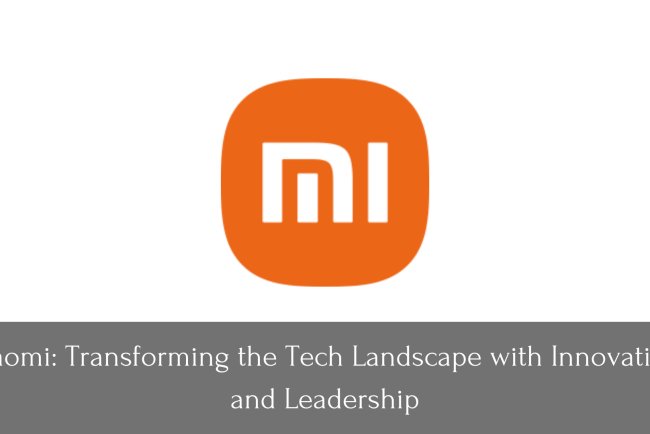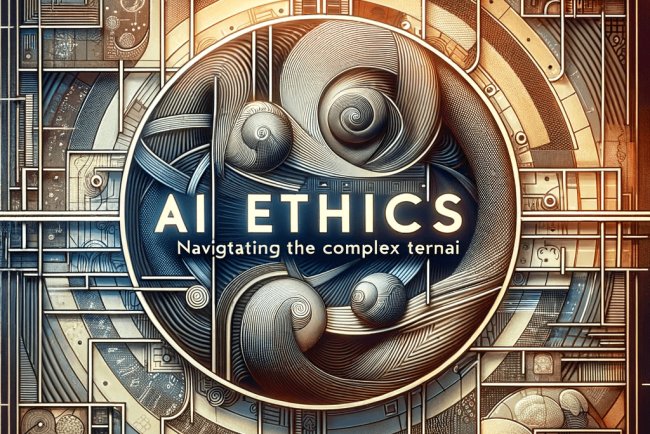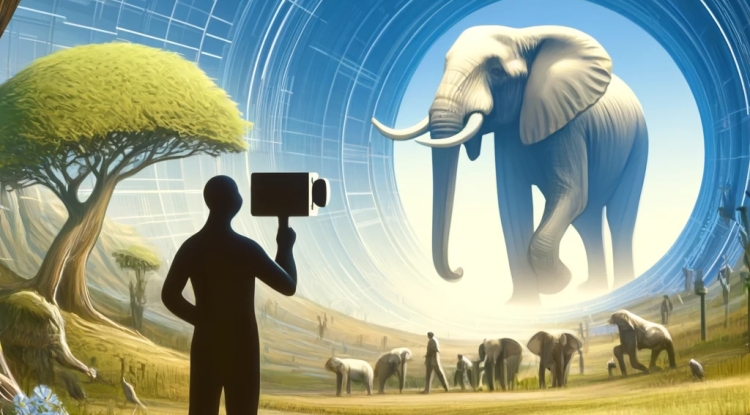The First Frame: Jawed Karim and the Video that Launched a Billion Streams
Dive into the story of Jawed Karim, the co-founder of YouTube, and the first video ever uploaded to the platform, "Me at the zoo." This blog post explores the humble beginnings of a site that would become the cornerstone of digital media, highlighting Karim's pivotal role and the impact of his 18-second clip that set the stage for the future of video sharing. Discover the origins of YouTube through the lens of its first video and reflect on the transformative journey of online content creation.

The Humble Beginnings of YouTube: A Look Back at the First Video
In the vast ocean of digital content that is YouTube today, it's hard to imagine a time when the platform was just a barren landscape, untouched by the viral videos, vlogs, and educational content that dominate it now. Yet, every giant starts small, and YouTube's journey into becoming the world's leading online video platform began with a single, unassuming video. This post takes a nostalgic trip back to where it all began: the upload of the first ever video on YouTube, titled "Me at the zoo."
The Birth of YouTube
YouTube was founded by Steve Chen, Chad Hurley, and Jawed Karim, who were early employees of PayPal. The idea was born out of a dinner party in San Francisco, where the trio experienced difficulty sharing video clips from a recent event. This challenge sparked an idea: to create a platform where anyone could easily upload and share their videos with the world. By February 2005, the domain name "YouTube.com" was activated, setting the stage for a revolution in how we consume media.
"Me at the Zoo" - The Video That Started It All
On April 23, 2005, at 8:27 PM, Jawed Karim uploaded the first-ever video to YouTube, forever embedding himself in internet history. The video, titled "Me at the zoo," is a mere 18 seconds long, but its impact is monumental. In it, Karim stands in front of the elephants at the San Diego Zoo, remarking on their "really, really, really long trunks," with the kind of off-the-cuff commentary that would come to characterize much of YouTube's content in the years to follow.
Watch the video here: Me at the zoo
The Significance of "Me at the zoo"
While "Me at the zoo" may not feature the high production values or the compelling storytelling of today's YouTube hits, its simplicity underscores YouTube's founding vision: to provide a platform where anyone can share their moments, no matter how mundane or monumental. The video symbolizes the democratization of content creation, paving the way for a new era of digital expression where everyone has a voice.
The Evolution of YouTube
From those humble beginnings, YouTube has grown into a global phenomenon. It has become a platform for aspiring artists, filmmakers, educators, and content creators from all walks of life to share their talents, knowledge, and experiences. YouTube has transformed the media landscape, challenging traditional outlets by offering a direct line from creator to viewer, unfiltered and unrestricted.
Conclusion
Today, with millions of hours of content uploaded every minute, YouTube stands as a testament to the power of an idea: a simple, user-friendly platform for video sharing. "Me at the zoo" may have been the first step on this journey, but it was far from the last. As YouTube continues to evolve, it remains a space for creativity, education, and connection, reflecting the diversity and richness of human experience across the globe.
Jawed Karim: The Visionary Behind YouTube's First Video
In the annals of internet history, few moments are as seminal as the upload of the first video to YouTube. This event, seemingly simple at the time, was a harbinger of the revolution that would change how we consume media forever. The person behind this pivotal moment is Jawed Karim, a name that has since become synonymous with internet pioneering. This blog post delves into Karim's contributions and the significance of his YouTube channel, starting with the iconic "Me at the zoo."
The Genesis of a Digital Giant
Jawed Karim, along with Steve Chen and Chad Hurley, founded YouTube in 2005. The trio, who met while working at PayPal, were motivated by the challenge of sharing videos online, which was a cumbersome process at the time. They envisioned a platform that could democratize video sharing, making it easy for anyone with an internet connection to upload and watch videos. This vision came to fruition with the creation of YouTube, a platform that would eventually redefine entertainment, education, and personal expression.
"Me at the zoo": The Video That Started It All
On April 23, 2005, Jawed Karim uploaded the very first video to YouTube, entitled "Me at the zoo." In this 18-second clip, Karim stands in front of the elephants at the San Diego Zoo, remarking on their long trunks. While the video is straightforward and unedited, its significance cannot be overstated. It marked the beginning of YouTube's journey as the premier video-sharing platform and showcased the platform's potential to host a wide range of content.
The Channel: A Legacy in the Making
Jawed Karim's YouTube channel, although not prolific in content, holds a place of honor in the history of digital culture. With just one video, Karim's channel embodies the spirit of early YouTube—a place for genuine, unfiltered content. Over the years, "Me at the zoo" has accumulated millions of views and comments, serving as a living museum piece that continues to inspire and attract curiosity.
Beyond YouTube: Jawed Karim's Continued Impact
After the founding of YouTube, Karim took a less public route, focusing on his education and other ventures. He pursued a master's degree in computer science at Stanford University and has been involved in various tech startups and investments. Despite his relatively low profile, Karim's influence on the digital world is profound. His work laid the groundwork for the video-sharing culture that has become integral to social media and online communication.
The Legacy of "Me at the zoo"
Jawed Karim's YouTube channel, represented wholly by "Me at the zoo," is a testament to the power of simple ideas to ignite global change. It reminds us that behind the most transformative technologies are individuals with the vision and courage to reimagine the boundaries of what's possible. Karim's contribution goes beyond YouTube; it's a cornerstone in the foundation of today's digital landscape, where sharing and connectivity have taken on new dimensions.
Conclusion
As we navigate the ever-expanding universe of online content, it's essential to remember the origins of platforms like YouTube and the individuals behind them. Jawed Karim and his solitary video stand as monuments to human ingenuity and the spirit of innovation. The story of "Me at the zoo" is not just about the birth of a platform but about how a simple idea can connect the world in ways previously unimaginable.
What's Your Reaction?




















